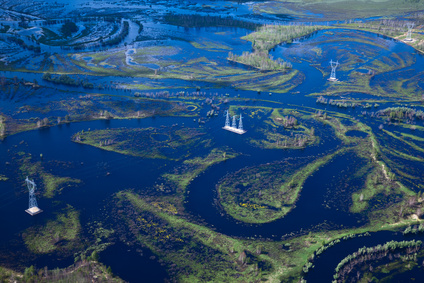

Flood advisories have been hitting the region recently due to the tremendous amount of rain we’ve been getting. Given that historically September and October are the hurricane season along the Eastern coast of Florida, we could be in for a range of storms in the next month.
Floods can be especially damaging because looks are deceiving. You may be driving along and see some water standing in the road. It may look mild and still, but it could be deep enough to send your car floating off the road. And if you’re near a creek or river that overflows its banks or you live in a flood plain area, you may get anxious and nervous about your house and possessions every time it starts pouring down rain.
That’s why it’s important to know what to do.
What to do if you’re driving in a flooded area.
Even as little as six inches of water on the road can cause your vehicle’s tires to lose contact with the road. And when a flash flood occurs, that six inches can build up in a matter of minutes.
The basic safety rule is to never drive through standing or flowing water. If you can, turn around and take a different route to safety.
Make sure to keep both hands on the wheel, turn on your vehicle lights, turn on your flashers if needed, and stay five or more car lengths from the vehicle in front of you. Drive slower than you normally would and be careful braking and steering.
What to do if you’re inside
If you’re not in direct danger of flooding within the residence, stay inside if at all possible. Fill up some portable containers with clean water in case the water system gets shut off or your water pipes burst. If you don’t already have an emergency kit, pull one together quickly. It should include some cash, bottled water, credit cards, your ID, and other important paperwork. Figure out a safety plan, which includes another place to stay just in case you’re run out of your home.
If you are in danger of flooding or you’ve been told to evacuate, you need to get to higher ground as soon as possible. Grab your safety kit and head out the door.
Protecting yourself
Before a flood even happens, it’s important to pack a safety kit for any emergency. This kit should include a battery powdered portable radio, nutrient-dense snacks, gallons of fresh water, first aid kit, doctors contact information, prescription information, extra batteries, maps, disinfectant and matches. This way, you are ready should a flood happen without much warning.
